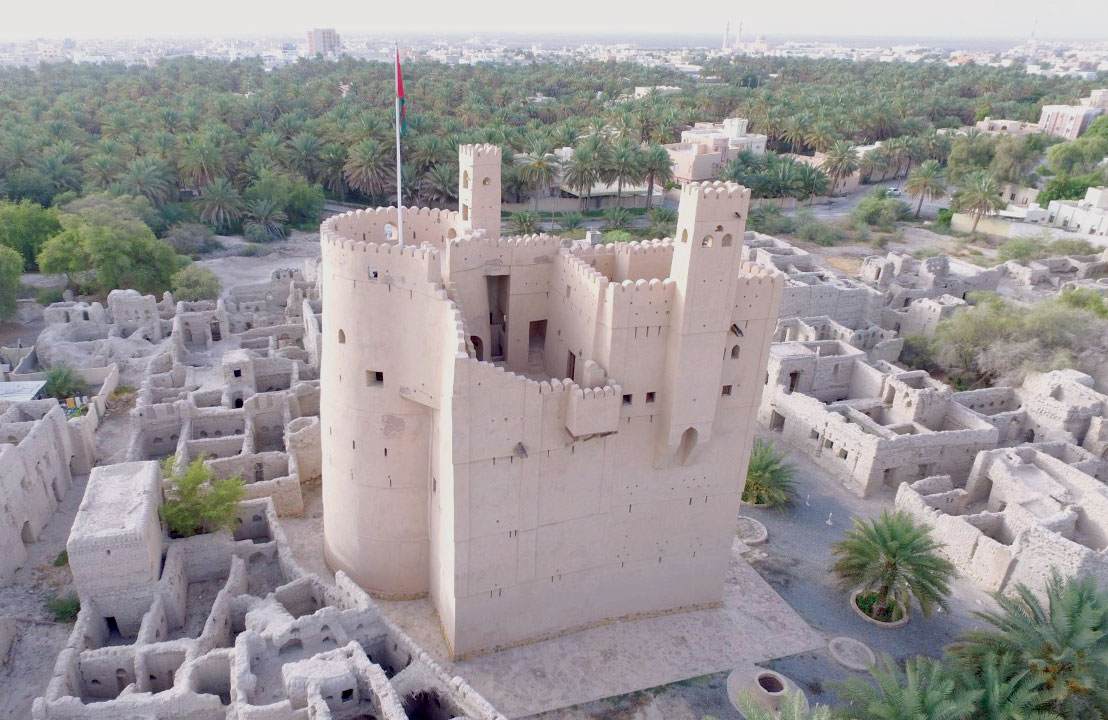

MANAH: Al Faiqain castle in the Wilayat of Manah in the Governorate of Al Dakhiliyah, with its high towers standing in the middle of Al Faiqain village, is one of the most important historical monuments in the wilayat. It reflects the features of the traditional Omani architecture in the construction of defence forts. The castle, surrounded by old houses and an oasis of date-palm trees, could retain its basic structure for more than 400 years until it was completely restored by the Ministry of Heritage and Culture. It was officially opened on June 24 in 1994, the Year of Heritage.
Khalfan bin Salim al Busaidi, researcher in Omani history, said: “The inscriptions found in the upper part of the castle indicate its antiquity; the construction dates back to 1027 AH, corresponding to 1617 AD. It was built by a group of skilled and experienced engineers from the Wilayat of Manah. Some Imams then had a role in protecting the Al Faiqain castle as mentioned in some manuscripts dating back to 1333 AH, including a manuscript of Imam Salim bin Rashid al Kharousi.
He told Oman News Agency (ONA) that Al Faiqain castle is known for its defensive fortifications, the strength of its construction and ancient architecture. The door remained unknown to all and could only be accessed by a rope hanging from a hole on the second floor. “It was difficult for visitors to climb up the castle until a main gate was set up on the southern side during the restoration work”, he said.
The ingenuity of Omani architecture lies in the divisions of the four-storey castle. It has been divided into northern and southern parts. While the northern part has been dedicated to the military defence of the castle and the surrounding ancient houses, the southern part has been assigned for housing, in addition to storing dates, cereals and other foodstuff. The fourth floor constitutes a library with shelves to keep religious and scientific books, manuscripts, documents and other archives.
In 1991, the Ministry of Heritage and Culture conducted restoration work on the entire castle. The damage caused by weather conditions over the centuries were repaired and the restored castle was opened for visitors in 1994. In 2008, restoration work was done again by renovating the towers, corridors, arches and laying the surface stones on the first floor and opening a new door connecting the northern part and the southern part on the third floor to facilitate easy access to visitors. A belt surrounding the castle from all directions was also added for aesthetic purpose, besides plastering the whole castle. The castle welcomes visitors and tourists from within and outside the Sultanate as a historical structure which gives a glimpse of Oman’s traditional military architecture. — ONA
Oman Observer is now on the WhatsApp channel. Click here



